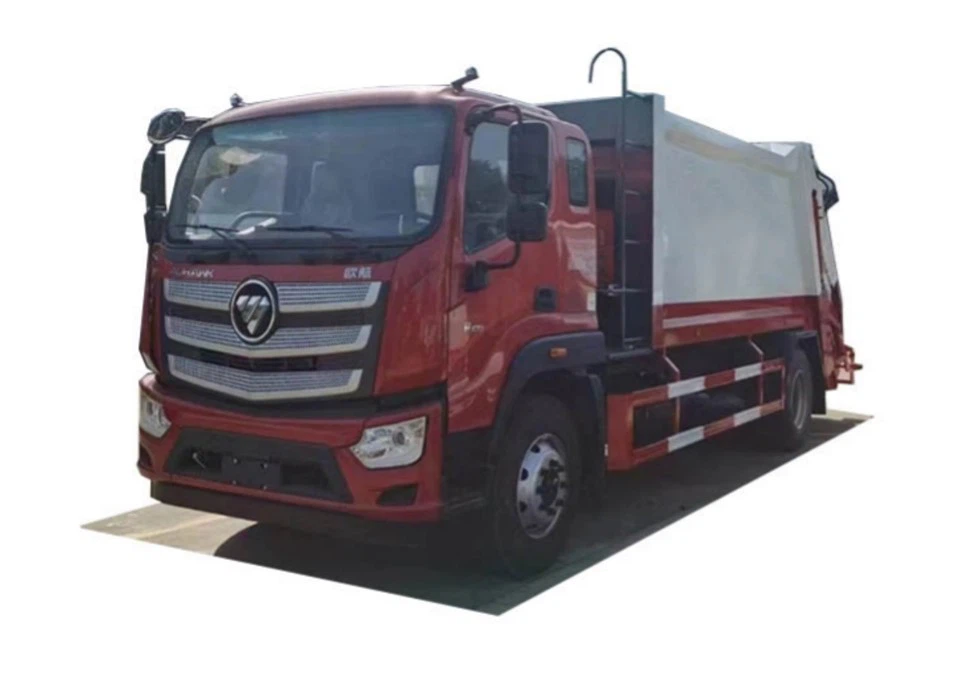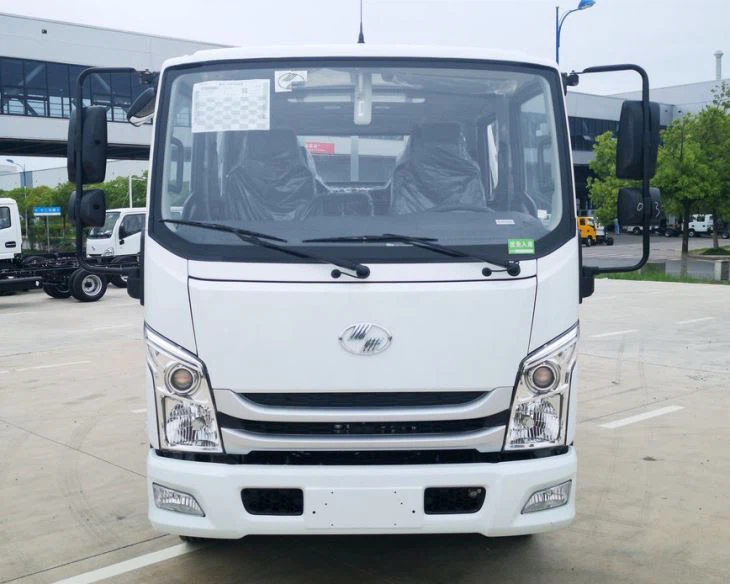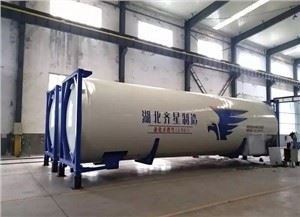Understanding Garbage Trucks: The Backbone of Waste Management

Garbage trucks are an essential component of urban infrastructure, acting as the primary vehicles for collecting and transporting waste materials. They play a crucial role in maintaining cleanliness and hygiene in cities and towns. This article delves deep into the various aspects of garbage trucks, exploring their types, functionalities, and operational mechanisms, while also providing practical tips and insights for those interested in waste management.
1. The Importance of Garbage Trucks in Waste Management
Garbage trucks serve a vital purpose in waste management by ensuring the safe and efficient collection of municipal solid waste. Below are some reasons why they are paramount:
- Public Health: Proper waste collection prevents the spread of diseases and uplifts community health.
- Environmental Protection: Timely removal of waste prevents pollution, protecting natural resources.
- Resource Recovery: Through recycling initiatives, garbage trucks play a role in recovering valuable materials.
2. Types of Garbage Trucks
Garbage trucks come in various shapes and sizes, each designed for specific types of waste collection. Here are the most common types:
2.1 Front-Loading Garbage Trucks
Front-loaders are designed for commercial waste collection. Equipped with a hydraulic lift, these trucks can easily pick up dumpsters from the front.
2.2 Rear-Loading Garbage Trucks
Rear-loaders are versatile vehicles ideal for residential areas, allowing the collection of waste directly from curbsides. Waste is manually loaded into the truck from the rear.
2.3 Side-Loading Garbage Trucks

Side-loaders are highly efficient, allowing drivers to stay in their seats while collecting waste. These trucks utilize robotic arms to pick up bins from the side.
2.4 Compactor Trucks
Compactor trucks compress waste, allowing for more efficient transportation. This design maximizes space and minimizes trips to disposal sites.
2.5 Recycling Trucks
These trucks are specifically designed to collect recyclables. They often have separate compartments to prevent contamination of different materials.
3. How Garbage Trucks Operate
The operation of a garbage truck involves several steps to ensure efficient waste management:
3.1 Route Planning
Efficient garbage collection starts with route planning, which minimizes travel and maximizes collection efficiency. Waste management companies often utilize software for optimal route planning.
3.2 Collection Process
Once a route is set, garbage trucks begin their collection. Depending on the type of truck, this process can vary:
- Front-loaders: Dumpsters are lifted and emptied from the front.
- Rear-loaders: Waste is collected by workers from the curb.
- Side-loaders: Robotic arms lift bins from sidewalks.
3.3 Waste Compaction
In compactor trucks, collected waste is compressed to maximize load capacity. This leads to fewer trips and reduced fuel consumption.
3.4 Transporting Waste
After collection and compaction, trucks transport waste to landfills, recycling centers, or waste-to-energy plants.
4. Features of Modern Garbage Trucks
Modern garbage trucks come equipped with advanced technologies to enhance efficiency and safety. Some notable features include:
4.1 GPS Tracking
GPS technology helps track the location of garbage trucks in real time, improving route planning and response times.
4.2 Automated Systems

Automation in collection processes reduces labor costs and minimizes the risk of accidents. Advanced models include cameras and sensors that assist drivers in navigating tight spaces.
4.3 Environmentally Friendly Options
Many manufacturers now offer eco-friendly garbage trucks powered by alternative fuels like compressed natural gas (CNG) and electricity, reducing carbon footprints.
4.4 Enhanced Safety Features
Modern garbage trucks come equipped with additional safety features like backup cameras, pedestrian alerts, and stability controls to ensure the safety of both workers and the public.
5. Tips for Managing Waste Effectively
Effective waste management extends beyond just garbage trucks; it begins with individuals and businesses. Here are some practical tips:
5.1 Reduce, Reuse, Recycle
Encourage individuals and businesses to follow the three R’s of waste management. Informing the community about recycling programs can significantly decrease waste generation.
5.2 Organize Clean-up Drives
Community clean-up drives can instill a sense of responsibility towards waste management among residents.
5.3 Proper Disposal of Hazardous Waste
Ensure the community is aware of proper disposal methods for hazardous materials like batteries, chemicals, and electronics to avoid environmental contamination.
5.4 Utilize Compost Bins
Promote the use of compost bins for organic waste. This practice not only reduces landfill waste but also creates nutrient-rich soil for gardening.
6. The Future of Garbage Trucks and Waste Management
As urban areas continue to grow, the future of garbage trucks and waste management will evolve as well. Key trends to watch for include:
6.1 Smart Waste Management Systems
Integrating technology into waste management will lead to better efficiency. Smart bins with sensors will notify the collection services when they are full.
6.2 Increased Emphasis on Sustainability
Future garbage trucks will likely focus on sustainability, with an increasing number utilizing electric or hybrid technologies.
6.3 Community Engagement
Building community partnerships will become essential in tackling waste management challenges. Educational programs will emphasize the importance of collective participation in waste reduction.
7. Frequently Asked Questions (FAQ)
7.1 What are the different types of garbage trucks?
Different types include front-loaders, rear-loaders, side-loaders, compactor trucks, and recycling trucks, each designed for specific waste collection needs.
7.2 How often do garbage trucks collect waste?
Collection frequency varies by location and type of service. In urban areas, trucks may collect waste as often as twice a week, while rural areas may see less frequent pickups.

7.3 What gets collected by garbage trucks?
Generally, garbage trucks collect household waste such as food scraps, packaging materials, and other non-recyclables. Special trucks are assigned for recyclables and hazardous materials.
7.4 How can I reduce waste from my home?
To reduce waste, practice recycling, composting, and by minimizing single-use items. Participate in community clean-up initiatives and educate others about waste management.
7.5 What happens to the waste after it’s collected?
After collection, waste is typically transported to landfills, recycling facilities, or waste-to-energy plants for processing or disposal.
7.6 Are there improvements being made in garbage truck technology?
Yes, advancements include GPS tracking, automated collection systems, and increased efficiency with eco-friendly power options, helping to make waste management more sustainable.
8. Case Studies: Successful Waste Management Programs
| City | Program | Outcome |
|---|---|---|
| San Francisco | Zero Waste Initiative | Achieved 80% diversion from landfills. |
| Capannori, Italy | Pay-as-You-Throw | Reduced waste generation by 30%. |
| Kamikatsu, Japan | Recycling Program | Achieved over 80% recycling rate. |
9. Conclusion: The Role of Garbage Trucks in Urban Living
Garbage trucks are integral to urban living, helping manage waste effectively and promoting a cleaner environment. Understanding their function and importance empowers communities to engage in better waste management practices.
